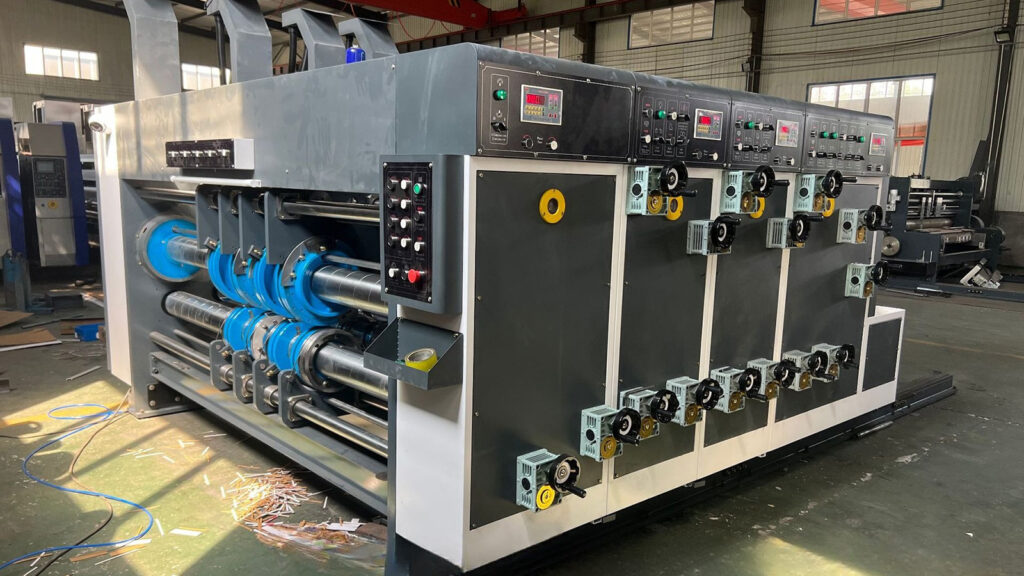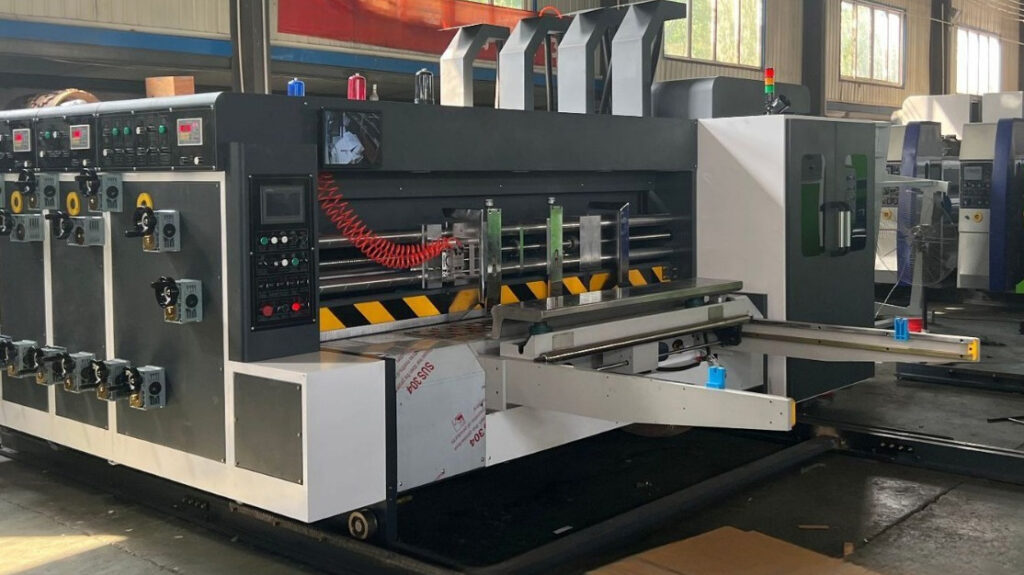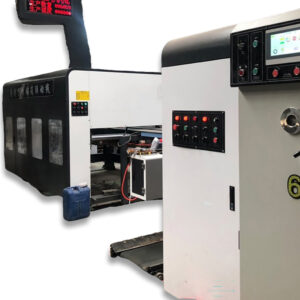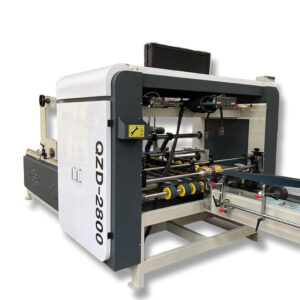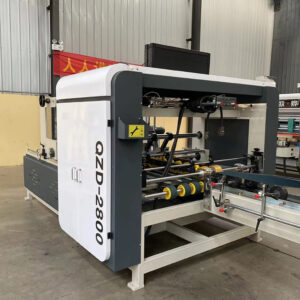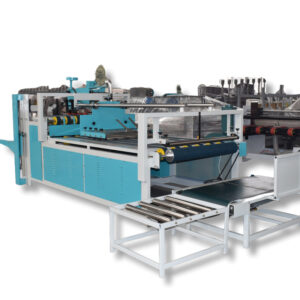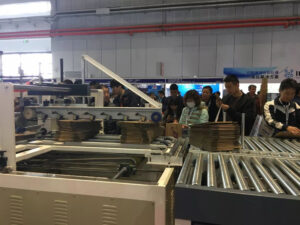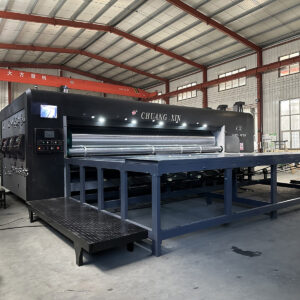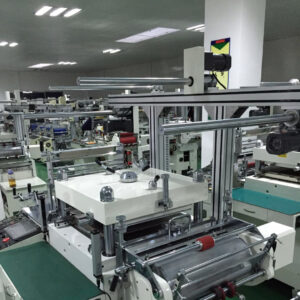
Welcome to our blog dedicated to the fascinating world of carton printing slotting machines. Here, we delve into the intricate workings and immense value these machines bring to the packaging industry.
Role of Carton Printing Slotting Machines in Manufacturing
In the ever-evolving packaging industry, carton printing slotting machines play a pivotal role.
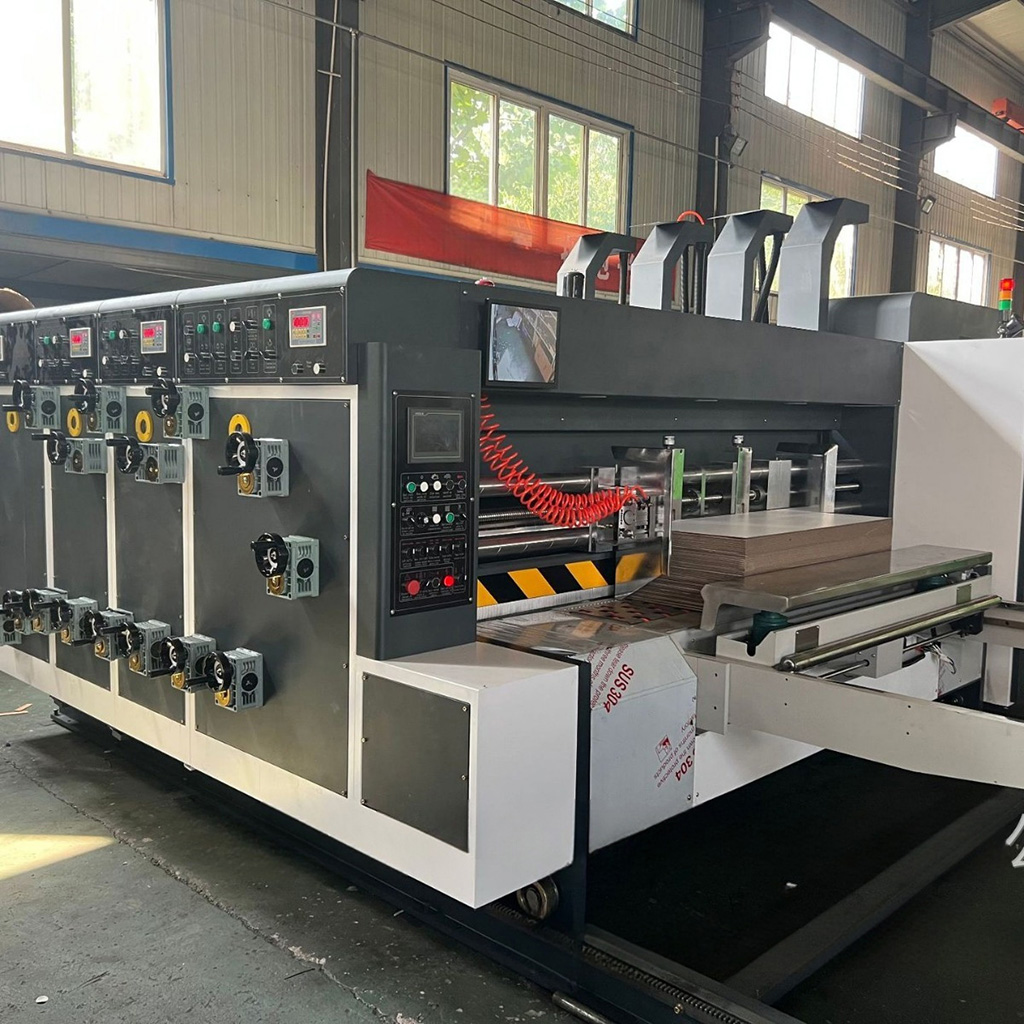
How Does a Printing Slotter Work
The printing slotter, also known as a slotting machine or keyway cutter, is a powerful and versatile metalworking tool predominantly used for machining keyways, slots, and internal profiles in workpieces.

Essential Components of Corrugated Cardboard Production Line
In the world of packaging, corrugated cardboard production lines are indispensable.

